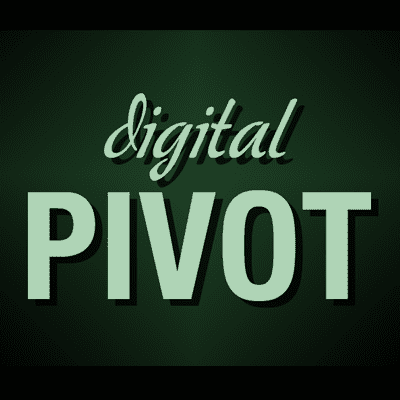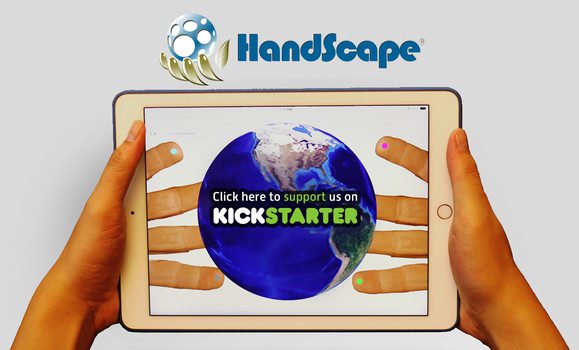
Rapid Adoption of Wearables Reflects Personality, Loyalty, and Convenience
PREVIOUSLY PUBLISHED TO TALENT ZOO’S DIGITAL PIVOT
In 2016, we will see a sharp influx in the production, delivery, and adoption of IoT technologies and wearables. Here, at Digital Pivot, we have disclosed quite a launches set for later this year. But just how rapidly are these technologies becoming part of our everyday lives?
The NPD Group broke down dollar and unit sales for 2015, analyzing details related to the wearables industry, and came up with some pretty cool insights.
In fact, it seems that we are starting to spend double that of the previous year just to have the top new wearables on the market. As wearables evolve, they are adopting the features we are disappointed our current version is missing. For this, we are okay with buying the product again — just because we need that upgrade. Spoiled, aren’t we? Not so much. It actually goes deeper than this.
As innovation continues to build upon itself, we, as advanced users, seek sophistication in products that we use every day. While we aren’t necessarily looking for complexity, we do like to have a product at our fingertips that brings us little need for outside device utilization. We master products that we love and simply seek more from that point of view.
Once upon a time, we could have a blood pressure cup, radio, camera, and house phone, put it in a bag…call it a day. This is no longer feasible. It is no longer convenient. In fact, when we have too many devices and too many objects, we tend to neglect them, getting less usage out of each on whole. We also tend to lose them more easily. We seek integration.
In 2015, connected activity trackers reflected a 110% increase from 2014, up from an 85% increase from the previous years. The average going price for many wearables has shot up from $96 to $109. We’re also fine with that.
Ben Arnold, Executive Director and Industry Analyst for The NPD Group, states that “This, combined with unit growth, shows that prices aren’t failing to drive demand. Demand is increasing along with rising prices.” As integrations continue and more features are added, it is also the small details that matter the most.
Faced with growing competitive markets, industry leaders are not losing footing as we show loyalty for premier product lines — quicker to adopt their latest model over full-featured entry-level competitors and happy to give up our wallets for a product that we know will meet our everyday needs. Anything else is just a gamble.
We can compare this to MP3 players in the early 2000s and the little impact they made on the iPod and iPad markets. As history repeats itself, loyalists will happily purchase a product based on little change whatsoever and will do this simply because of how the product personifies them.
An alteration in size and a new variety of color options will continue to contribute to our purchasing power. And, yet, we will rush to the store and camp out days prior to the release of a major upgrade. We do this willingly, because we are comfortable in our purchases of new product generations under beloved branding. This has certainly been the case for wearables and trackers that weren’t previously appealing to our senses.
Because personality yields conversation, the growing wearables market has boomed. Product designers are learning that colors are important to attracting potential customers almost as much as product features, shape, and size.
Arnold tells us about this mindset as related to fitness trackers on the current market.
“A confluence of factors has contributed to the growth of connected fitness trackers. Greater awareness of the products is leading to increased interest; new colors and designs have made trackers more appealing. There are more opportunities to buy the products due to increased distribution. The dedicated fitness tracker market will continue to thrive as products evolved to cover a wider range of users’ fitness needs.”
Fitness trackers are being included in the category of smart watches and other wearables. The numbers show that over 33M devices were purchased in the United States alone in 2015. Smart watches, however, have only shown a 13M ownership rate for this same year. This includes a variety of styles, both futuristic and traditional. Many of these purchases were made due to enamored users in need of integration. Many of these results were hindered due to awareness. Product availability was also a factor.
The Apple Watch was released in April of 2015. From there, many knock-off brands took form. Top manufactures such as Samsung then began creating their own versions for Android. Because Apple products are not compatible with Android, users had to wait until later in the year to purchase a smart watch to compliment their current devices.
Stoked that trackers were implemented into many of these smart watch devices and able to be synchronized with their favorite mobile apps, end-of-year results showed a rapid adoption rate of such devices. Purchases are set to soar in 2016. There are users that are loyal to previous devices and opt to use both, comparing results for more accuracy.
While some find no need to adopt such a device, intending only to use fitness trackers during exercise, the rest of the population seems to show interest in adopting smart watch technologies this year. Since the multiple smart watch releases, experts show that there has been an 83% growth amongst consumers in this category, as opposed to a 75% growth for standalone trackers. These numbers are also reflected within other categories of smart devices and wearables. It is expected that the United States will have ownership of over 30M smart watches by the end of 2017 — conservatively speaking.
For this, we wonder what the adoption rate of those smart shoes, aimed for release in September, will be. Those could be the smartest wearables of all time!


